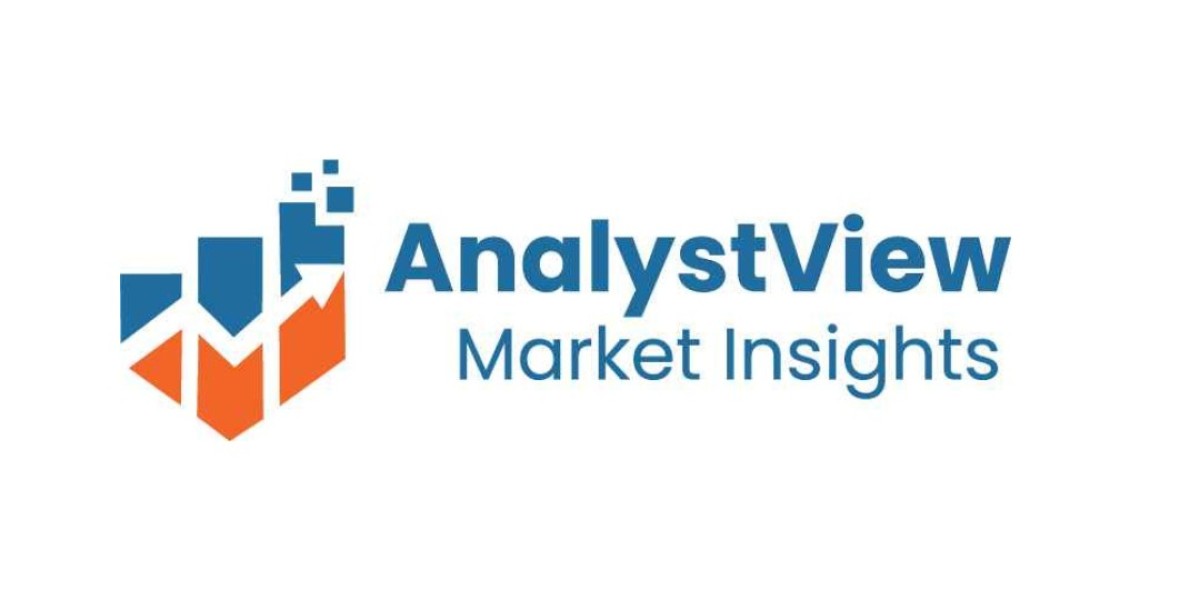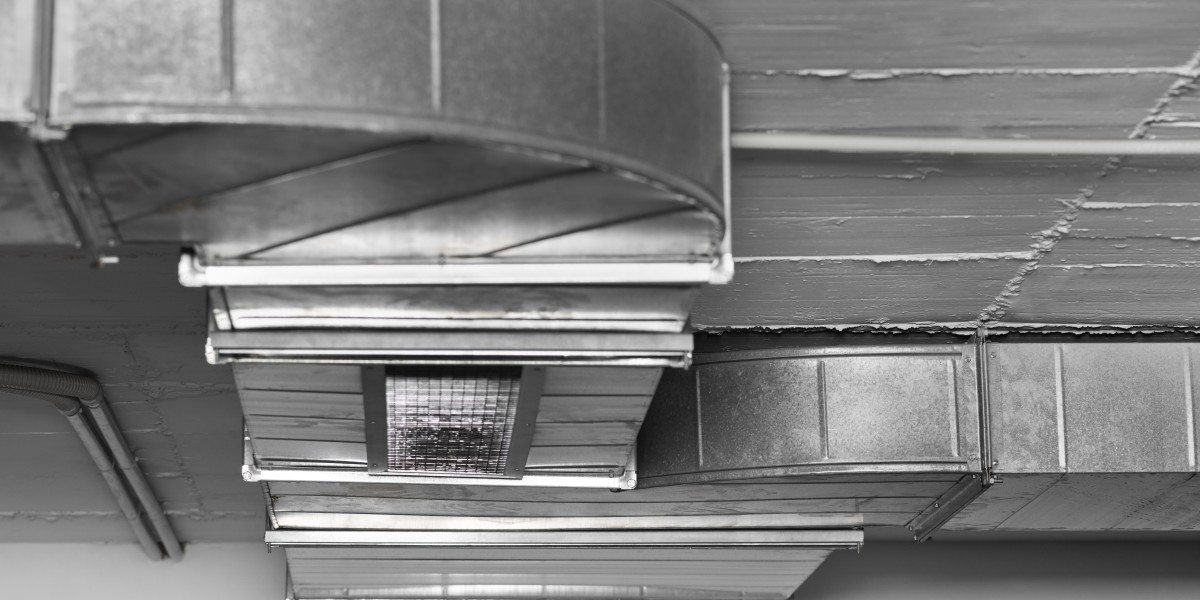Non-concentrating Solar Collector Industry - The Non-concentrating Solar Collector Industry advances through innovations in low-temperature solar panels and sustainable heating systems.
The Non-concentrating Solar Collector Industry encompasses the entire value chain, from raw material suppliers and manufacturers of collector components to system integrators, installers, and maintenance providers. This industry forms the backbone of the solar thermal sector, delivering thermal energy solutions directly for heating needs. It is characterized by a mix of large multinational companies (often diversified in heating and renewable energy) and numerous smaller, regional manufacturers that focus on local market needs and climate-specific collector designs.
The industry's competitive landscape is fragmented, with key players investing in technological advancements to improve collector efficiency, durability, and aesthetics. Innovation is focused on areas like highly selective absorber coatings (e.g., copper with selective black chrome or titanium nitride oxide), lighter and more resilient materials, and better insulation to minimize heat loss, particularly for use in colder climates.
Evacuated tube collectors (ETCs) have gained market share due to their superior performance in colder or cloudy conditions compared to traditional flat plate collectors (FPCs). However, FPCs maintain a significant presence due to their lower initial cost, robust design, and excellent performance in warm, sunny climates. The industry is also challenged by the need for standardization and quality assurance across different regional markets. Furthermore, the industry faces competition from the rapidly growing and often more heavily subsidized solar PV industry, which, while producing electricity, is increasingly being paired with heat pumps for thermal applications. The ability of the industry to successfully integrate solar thermal into building design and offer hybrid systems (combining solar thermal with other renewable sources) is crucial for future growth. Workforce development and training for skilled installers are also essential industry requirements.








